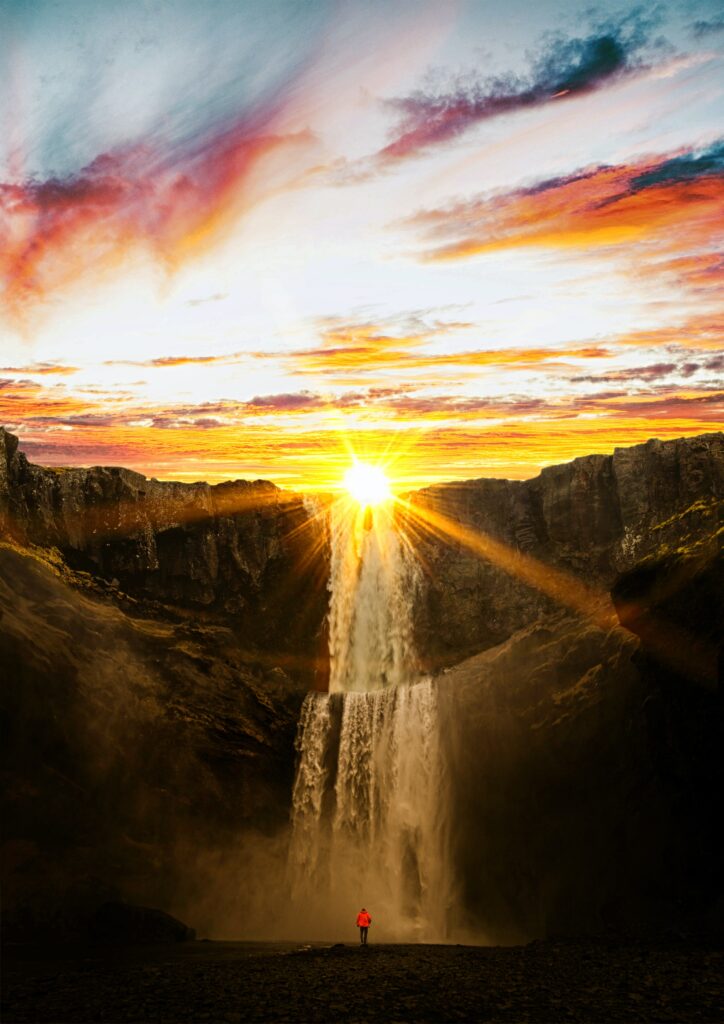Table of Contents
Introduction
World Photography Day is an annual celebration of the art, science, and history of photography. On this day, photographers and enthusiasts from around the world come together to commemorate the invention of the daguerreotype, the earliest practical photographic process, by Louis Daguerre in 1837. It’s a day to celebrate the power of images to capture moments, tell stories, and evoke emotions. In this article, we’ll delve into the significance of World Photography Day, explore its history, and provide you with tips and insights to enhance your photography skills.
World Photography Day
Photography is not just about taking pictures; it’s about capturing moments that convey emotions, memories, and stories. Whether it’s a stunning landscape, a candid portrait, or an abstract composition, every photograph has the power to speak volumes. World Photography Day celebrates this ability of photographs to freeze time and preserve fleeting moments.

History of World Photography Day
World Photography Day is observed on August 19th, marking the day when the French government officially announced the daguerreotype invention to the world in 1839. This invention revolutionized the way we perceive and document reality. From black and white film to modern digital technology, photography has come a long way, evolving into an essential part of our lives.
World Photography Day has its roots in the invention of the daguerreotype, a pioneering photographic process, in the 19th century. This special day commemorates the moment when the French government presented the daguerreotype to the world in 1839, marking the official introduction of photography to society. Over time, August 19th became a significant date for photography enthusiasts and professionals alike, celebrating the art, science, and history of capturing images.
World Photography Day serves as a reminder of the journey photography has undertaken, from its humble beginnings to the modern digital age. It’s a time to reflect on the impact of this visual medium on our lives, allowing us to freeze time, tell stories, and preserve memories for generations to come.
Read about Luna-25 Mission failure.
The Significance of Photography
Photography is more than just a creative outlet; it’s a powerful medium for visual storytelling. It allows photographers to communicate emotions, ideas, and narratives through images. From photojournalism to fashion photography, every genre has a unique way of conveying stories, making photography a versatile and dynamic art form.

Photography holds profound significance as a timeless means of capturing the essence of moments, emotions, and stories. It transcends language barriers, allowing us to communicate and connect on a universal level. By freezing fleeting instants in time, photography preserves memories, history, and the beauty of the world around us. It serves as a powerful tool for documentation, journalism, and storytelling, conveying complex narratives through a single frame.
Photography evokes emotions, sparking empathy and understanding, while also inspiring creative expression and introspection. It has the capacity to ignite conversations, challenge perspectives, and inspire change. As a medium that encapsulates the past, documents the present, and shapes the future, photography plays a vital role in our lives, reflecting our experiences, culture, and shared humanity.
Tips for Aspiring Photographers
- Master Your Equipment: Whether you’re using a smartphone or a DSLR camera, understanding the features and settings of your equipment is essential to capture high-quality images.
- Learn Composition Techniques: Explore the rule of thirds, leading lines, symmetry, and other compositional techniques to create visually appealing and balanced photographs.
- Experiment with Lighting: Lighting can make or break a photograph. Experiment with natural light, artificial light, and different times of the day to achieve the desired mood.
- Capture Emotions: Candid shots often convey authentic emotions. Be patient and observant to capture people in their natural state.
- Post-Processing Skills: Learn basic post-processing techniques to enhance your images. But remember, subtlety is key; don’t overdo it.
- Continuous Learning: Photography is an ever-evolving field. Keep learning and experimenting to grow as a photographer.

The Evolution of Photography
The journey of photography has been marked by numerous milestones, from the first sepia-toned photographs to today’s high-resolution digital images. Each technological advancement has contributed to expanding the possibilities and reach of photography.
The evolution of photography is a remarkable journey that spans from the invention of the daguerreotype in the 19th century to the cutting-edge digital era of today. Starting with the intricate beauty of early silver-coated plates, photography progressed through the flexibility of paper negatives and the sharpness of wet plate collodion processes.
The introduction of roll film brought photography to a broader audience, while black and white film photography captured the essence of the 20th century. The advent of color film added vibrancy, and the digital revolution transformed photography into a versatile and accessible medium. With the integration of cameras into smartphones and the rise of social media, photography became a global language.
Today’s mirrorless cameras and DSLRs offer unparalleled quality, and editing tools empower photographers to shape their artistic vision. From its humble beginnings to its current high-tech form, the evolution of photography reflects human innovation, creativity, and the timeless desire to capture the world’s beauty and moments.
Photography and Social Media
Social media platforms have transformed photography into a global language. People now share their lives, experiences, and stories through images, connecting with others across geographical boundaries. Platforms like Instagram, Pinterest, and Snapchat have become virtual galleries for photographers to showcase their work.
Social media has played a pivotal role in promoting and transforming photography into a global phenomenon. By providing a platform for individuals to easily share their visual stories, social media has democratized photography, allowing enthusiasts and professionals alike to showcase their work to a vast audience. Platforms like Instagram, Facebook, and Pinterest have become virtual galleries where photographers can display their creativity and connect with people worldwide. The instantaneous nature of social media enables photographers to share their images in real-time, allowing them to capture and communicate moments as they unfold.
This immediacy has given rise to trends, challenges, and visual narratives that resonate with diverse communities. Moreover, the engagement features of social media, such as likes, comments, and shares, provide photographers with valuable feedback and encouragement, fostering a sense of community and artistic growth. As a result, social media has not only elevated the visibility of photographers but has also redefined the way we perceive and engage with visual storytelling.
Conclusion
World Photography Day is a time to reflect on the significance of photographs in our lives. It’s a day to appreciate the power of capturing moments, emotions, and stories through the lens. Whether you’re an amateur or a seasoned professional, let this day inspire you to explore the world of photography and express your unique perspective. So grab your camera, hit the streets, and capture the essence of life through your lens.
FAQs About World Photography Day
Q: What’s the purpose of World Photography Day?
A: World Photography Day celebrates the art and history of photography, fostering creativity and appreciation for visual storytelling.
Q: Can anyone participate in World Photography Day?
A: Absolutely! Whether you’re a professional photographer or just enjoy taking snapshots, you can participate by sharing your photographs and stories.
Q: How can I improve my photography skills?
A: Practice, study composition techniques, and learn from photographers you admire. Don’t hesitate to experiment and step out of your comfort zone.
Q: What are some iconic photographs in history?
A: Iconic photographs like “Tank Man” from Tiananmen Square and “Afghan Girl” by Steve McCurry have captured pivotal moments and emotions in history.
Q: Is photography only about capturing reality?
A: While photography often captures reality, it can also be used to create abstract, surreal, and conceptual art.
Q: How has digital photography changed the game?
A: Digital photography has made it easier to experiment, edit, and share images instantly, democratizing the art form.

